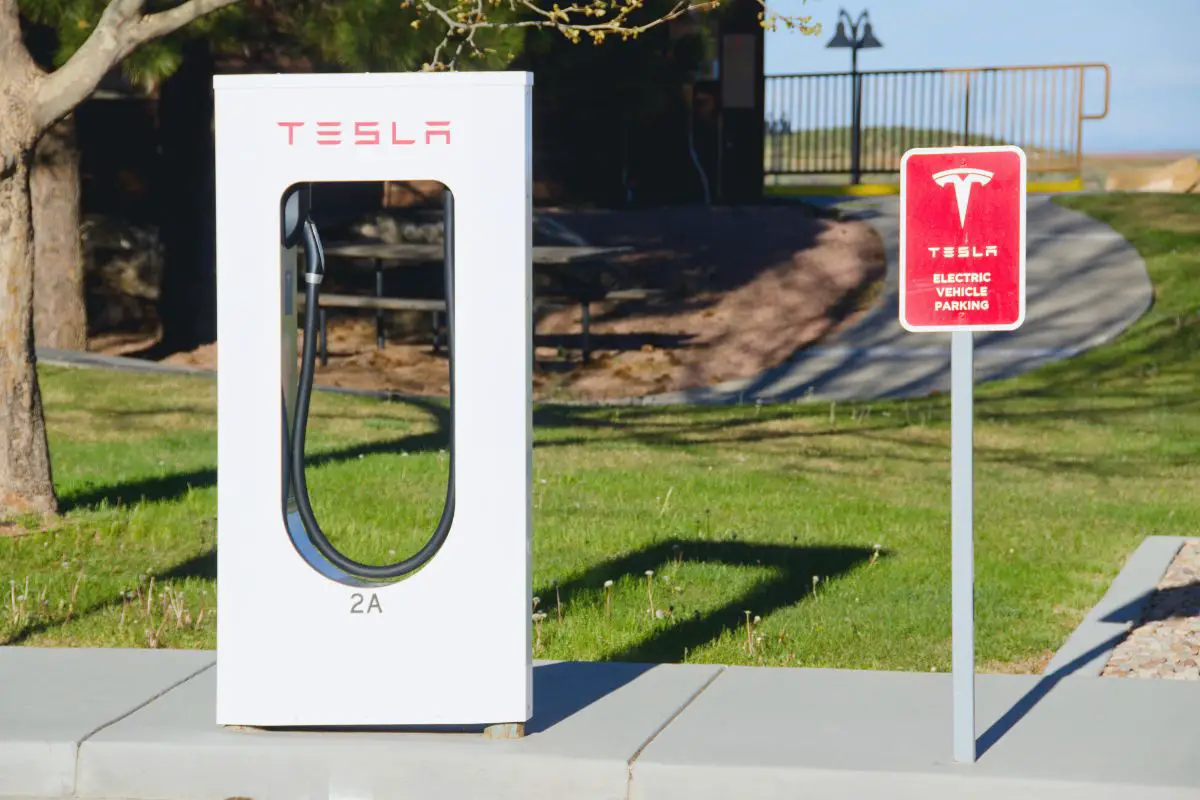How to Use Tesla Supercharger | Powering your EV
So you’ve finally made a decision. All that time comparing and test driving, and you’re satisfied that a Tesla is the one for you. A different generation of motor vehicles, fully electric, sleek in design, rapid off the mark, and minimalist.
A Tesla is more than a statement car. It states that your interests include being environmentally conscious and that you care more for tech than horsepower and flashiness. Though it’s not the first car of its kind, it’s most certainly the brand which launched fully electric cars into the mainstream.
Similar, yet different to petrol cars, it’s important to read up on those differences so that you don’t get caught lacking once you have your Tesla.
Related Articles: How Long Will a Tesla Last? and Do Teslas Have Engine?
How to charge your Tesla
The days of queuing at gas stations and being at the mercy of gas and oil companies to dictate gas prices to you are all in the past once you get yourself an all-electric Tesla. However, the refuelling problem is replaced by another one… recharging.
With smartphones becoming such an important part of our daily lives, we have all got a taste of what it’s like when your device dies and the inconvenience it causes. The consequences of your car running out of battery will likely be more severe!
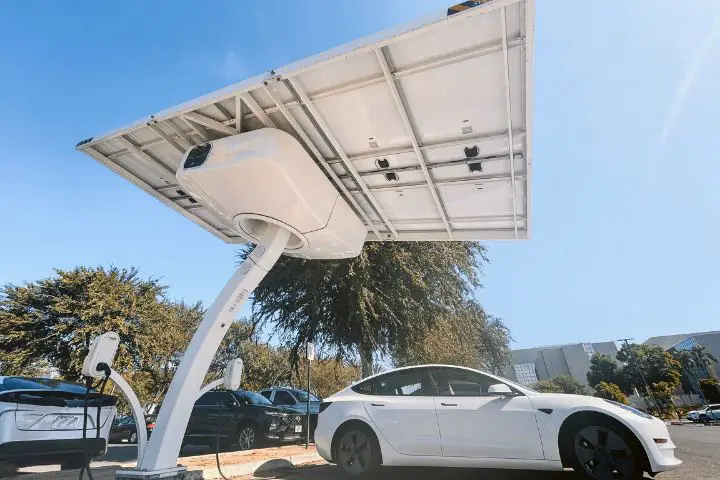
Each Tesla model varies regarding the strength of its battery pack. For example, a Roadster has a different battery pack than Tesla Model S and X. Another influential factor is the mode of charger you decide to use.
Generally speaking, there are three types of charging units you can plug your Tesla into;
- Two or three pin plugs – found in every household, these plugs are the most common, yet take the longest to charge.
- Socketed – this plug is more specific for charging your Tesla and is more powerful. However, a socketed plug would be required to especially be installed in or near your home.
- Tethered – these are the big charging units, also known as Tesla Superchargers! These superchargers have been strategically placed near major routes, local amenities, car parks of shopping malls, rest stops and even in some McDonald’s!
To make use of these you have to drive to wherever they are located, which Tesla have made easy by updating you whenever a new Supercharger is added to their 35,000 + network of Superchargers.
Just 15 minutes of supercharge gives your Tesla a range of 200 miles! However, you should take a balanced approach to charging your Tesla with a Supercharger as too much use can have damaging effects on your battery.
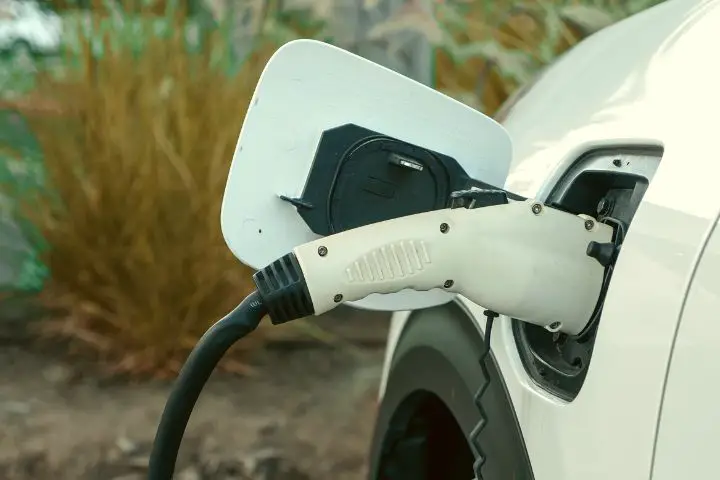
The plug socket you use will also determine the speed at which your Tesla will charge. A standard plug is effective if you leave your car to charge overnight, as the typical 3 KiloWatts (kW) it dispenses requires 8 to 10 hours of charge time.
Fast chargers, which is what a Tesla Supercharger is considered to be, release anywhere between 7 and 22 kW which means your Tesla can go from being out of the battery to fully charged in between 3 and 4 hours.
A rapid charger is also a possibility, however, not all electric cars are compatible with this method so you will have to check to see if yours is. This charger releases an incredible 43 kW, meaning your Tesla will be fully charged in just one hour!
How to use a Tesla Supercharger?
With Telsa’s minimalist theme, charging a drained Tesla at a Supercharger is very simple. Drive up to the supercharger, open the lid of your charging port and insert the charger from the Supercharger, which will insert the port and hold it into a place using magnets.
Tesla’s centralised computer system will then confirm that the car is being charged. Alternatively, you can also download and utilise Tesla’s app, which will inform you how much longer your car needs to charge for, where you can locate Superchargers and their availability at any given time, amongst a host of other useful functions.
Can any electric car use Tesla’s Supercharger?
Until recently, Tesla’s Superchargers were exclusively for Tesla cars. This year, however, Tesla have released a pilot scheme throughout Europe where other, non Tesla electric vehicles can use Superchargers to restore their batteries.
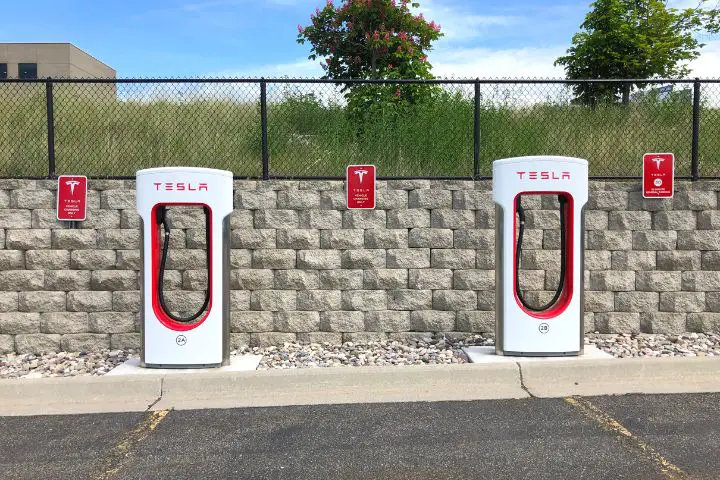
At these specific locations, which can be found on their app, Tesla vehicles will be charged slightly less to use the Superchargers than other electric cars. Tesla will also monitor these locations closely for their activity and then make a decision on whether to roll this scheme out worldwide or not.
How good is the range of your Tesla?
Tesla models differ in range based on their type and even edition. The duration of the battery is also influenced by the way you drive, as a smooth and cautious drive gives you more range in comparison to a speed-fueled, heavy on brakes style. Driving conditions also make a difference as using your car in rocky, icy or generally challenging conditions use more energy and reduce the range.
Many people, before purchasing a Tesla, are concerned regarding mileage range. All Teslas slightly vary, however on average, a Tesla’s range is 336 miles off of a full, single charge. Their lowest performing car also gives you an impressive range with 267 miles and a top speed of 140 miles per hour with the Model 3.
The best performing Tesla currently, is the Model S, as it can give you an astonishing 405 miles before the need to recharge whilst also hitting a dizzying 155 MPH as its top speed.
This is topped by the Model S Plaid which, whilst giving you a healthy 396 miles of range, hits a mind-blowing 200 MPH!
The common misconception of all-electric cars falling short regarding having a practical range is a false one, however, with superchargers not as common and easily accessible as gas stations, a certain degree of pre-planning would be advisable. Having said that, Tesla have announced that they are working on an emergency battery pack for these unexpected and poorly calculated trips.
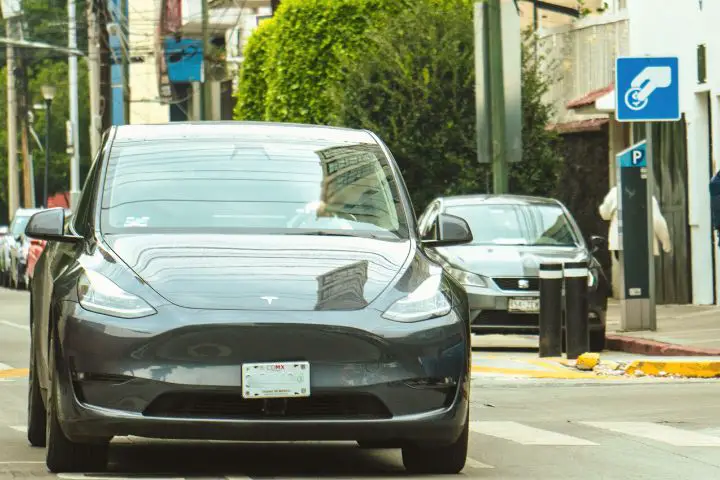
Is the Tesla Battery any good?
As mentioned in the previous section, the power of a Tesla battery is a big concern for prospective buyers. Hybrid vehicles, in comparison, use a combination of electricity and fuel, so if one starts running low, or runs out, then it relies on the other. Tesla’s on the other hand, are all electric and are completely dependent on the battery and its charge.
Having foreseen these concerns, Tesla have tried to make their customers more comfortable by offering a warranty which either lasts a period of time; between 4 and 8 years, or a number of miles travelled, which ranges between 50,000 and 150,000 miles, depending on which model you are purchasing and the aftercare package you are choosing.
Tesla batteries are actually quite strong and durable. The common belief is that a Tesla battery will last you between 300,000 and 500,000 miles before it needs to be replaced. What’s even more promising for Tesla drivers is that it has been said the company is working on a new million-mile battery!
It is believed that Tesla batteries only lost 5% of their total capacity over the first 50,000 miles of use, whilst another 5% is only lost after the 150,000 mile mark is met. All of this, of course, is dependent on which model and edition you have, and how you treat your car. How you drive your car and whether or not you follow Tesla’s guidance on how to extract optimum performance whilst attaining longevity.
FAQ’s
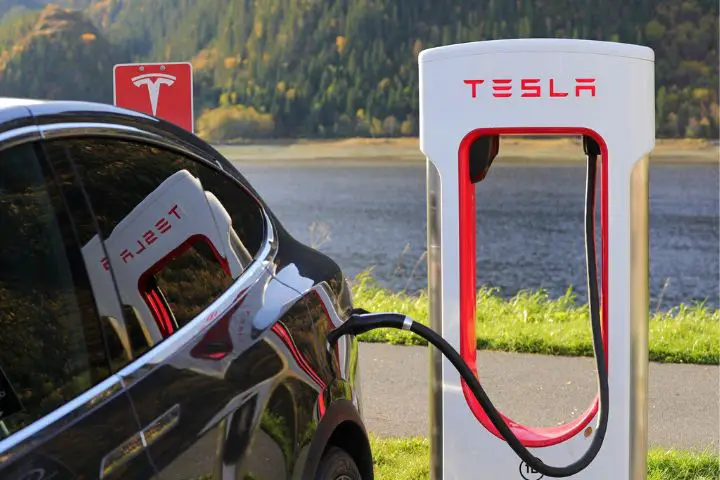
Should I let my Tesla die before recharging?
We are often told that we should let the charge of the battery on our personal devices, such as laptops, tablets and smartphones, drain until the end, or close to the end, before recharging it, as this helps to stretch the overall lifespan of the battery.
However, with Tesla, this is not an issue. As they are equipped with lithium-ion batteries, your charging patterns have zero memory effects, meaning you can charge your car as and when you please without having to be concerned about the health of your battery.
Will a Tesla save me more money than a gas car?
Yes it’s true, Tesla have become a bit of a fashion statement amongst the young generation, however, the real question is, is it as economical as we are led to believe electric cars can be?
Tesla’s price range is quite expensive. The cheapest and most basic model will set you back $40,000 whilst the top of the range can top $125,000, which can potentially go higher depending on what upgrades and mod cons you choose. Gas-based cars, on the other hand, can be bought for much cheaper.
In the long term though, Tesla will save you a significant amount of money. Though you do have to pay for electricity, all fuel costs will be eliminated from your budget, and with eco-friendly practices promoted by a number of governments, a range of subsidies are on offer to reduce your electric costs.
Even these costs can be negated if you were to install solar panels or even Tesla’s very own solar roof tiles! Which are one of Tesla’s newest forays into renewable energy. The electricity generated by these solar panels or tiles will be clean, free energy, powered simply by the strength of the sun!

